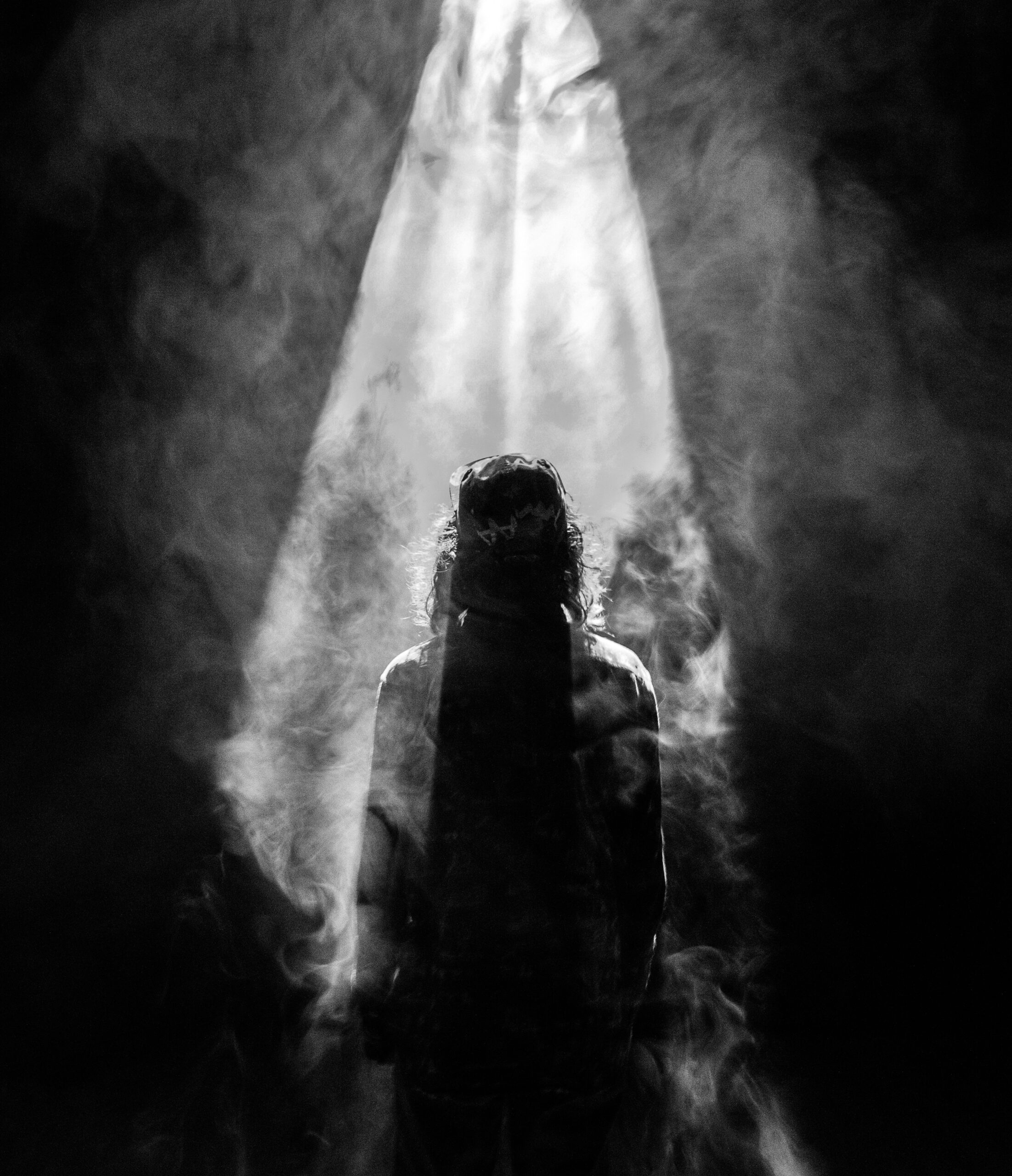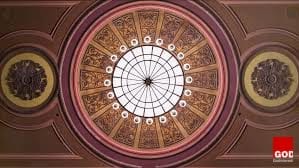They often say that a baby is like a blank canvas, ready to be painted with life’s experiences. However, this canvas isn’t entirely blank, as certain factors like illnesses can be passed down from generation to generation. Nevertheless, the idea that a baby is a vessel waiting to be shaped remains compelling.
If we consider this notion, it leads to intriguing reflections on the story of Jesus. When Jesus, the divine being, laid down his divinity and became a baby, it can be seen as a form of symbolic death. The Jesus who presumably had a distinct personality ceased to exist in the same way, and he was then raised in a human context. His character would have been influenced by his surroundings, but with a unique twist – his development wasn’t solely shaped by humanity, but also guided by God.
What makes this story extraordinary is that Jesus wasn’t influenced by mere mortals but by the divine. Additionally, he would have been taught by angels, adding another layer to the shaping of his character. It’s plausible to imagine that his character, while shaped by the human experience, carried a divine essence that set it apart.
As the narrative goes, when Jesus, after his human life, was restored to his full divine power, it’s mysterious to ponder what it felt like when all the knowledge and experiences from his previous existence came flooding back. This enigmatic transformation and combination gives rise to the concept of the creation of a “God-man” – someone who has now experienced both the limitations of humanity and the boundless power of divinity. How awesome, how wonderful and what a sacrifice.
In essence, Jesus underwent a symbolic death twice – first by laying down his divinity to become human and then by returning to his divine form after his human death. This profound journey is often viewed as the creation of a bridge between the divine and humanity, connecting two realms in a way that transcends ordinary understanding.
By Dean Jones






